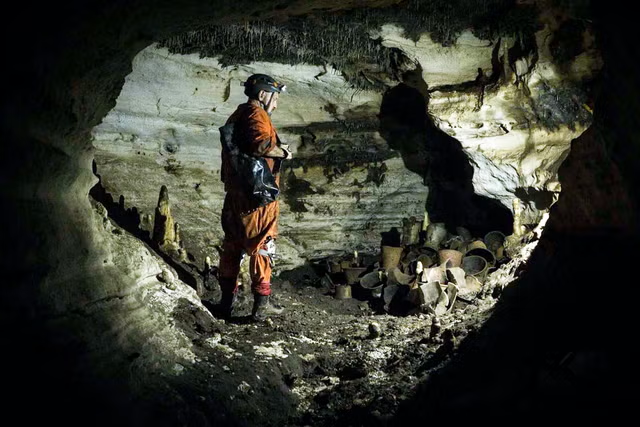Water supplies in the U.S. are among the safest in the world, the U.S. Centers for Disease Control and Prevention reports. But water quality does still vary from state to state. So which states have the best drinking water?
The Safe Drinking Water Act (SDWA) of 1974 was passed to protect public health in the U.S. by providing federal regulation of the nation's public drinking water supply. To meet these standards, the Environmental Protection Agency (EPA) has set limits on over 90 contaminants in drinking water, including chemical contaminants, like lead and arsenic, and microbial contaminants, like Giardia and Cryptosporidium.
Read more: What Is a Health Savings Account?
Failure to meet these limits can result in being cited with an official "violation." The majority of safety violations recorded every year are a result of untimely water monitoring and reporting, but there are still thousands of annual health-related violations, which pose a real risk to the public.
To explore how these violations vary across different states, Newsweek compiled data from the EPA's Enforcement and Compliance History Online for safe drinking water. Violations related to human health were counted for each state over the past five years, between 2019-2023. Using census data from July 2023, the violations per 100,000 people in each state and Washington, D.C., were calculated.
Read more: Find the Right Tax-Advantaged Health Savings Account
After ranking states according to their water quality violations, these regions came out on top:
- Hawaii 0.6 violations per 100,000 between 2019-2023
- Alabama 2
- South Carolina 3
- Tennessee 3
- Washington, D.C. 4
Meanwhile, those with the most health-related violations during this period were as follows:
- Alaska 305
- New Mexico 162
- Louisiana 151
- Oklahoma 127
- Wyoming 103
The EPA warns that the total number of health-related violations does not necessarily equate to water quality.
"The data reported to the EPA consists of violations of Safe Drinking Water Act regulations," a spokesperson from the EPA told Newsweek. "Compliance data reported to the EPA does not directly measure drinking water quality as this depends on violation type and other factors unique to each water system.
"EPA does not rank states based on violations reported to the Safe Drinking Water Information System, or SDWIS. It does use violation and other data reported to SDWIS to inform its oversight and enforcement efforts as well as provide assistance to primacy agencies where needed. Violation count should not be the only factor considered when measuring state performance; for example, a high violation count could mean there is a robust state oversight program."
States like Alaska and Wyoming also have relatively small populations for their size, meaning that there there could be more violations per person because there are simply fewer people. Indeed, if we look at absolute numbers, Texas has the highest total number of health-based drinking water violations, but also has the second highest population in the U.S., so more drinking water systems are needed and used (and therefore would have more violations due to the sheer quantity of water systems).
Is there a health problem that's worrying you? Let us know via health@newsweek.com. We can ask experts for advice, and your story could be featured in Newsweek.
Disclaimer: The copyright of this article belongs to the original author. Reposting this article is solely for the purpose of information dissemination and does not constitute any investment advice. If there is any infringement, please contact us immediately. We will make corrections or deletions as necessary. Thank you.



